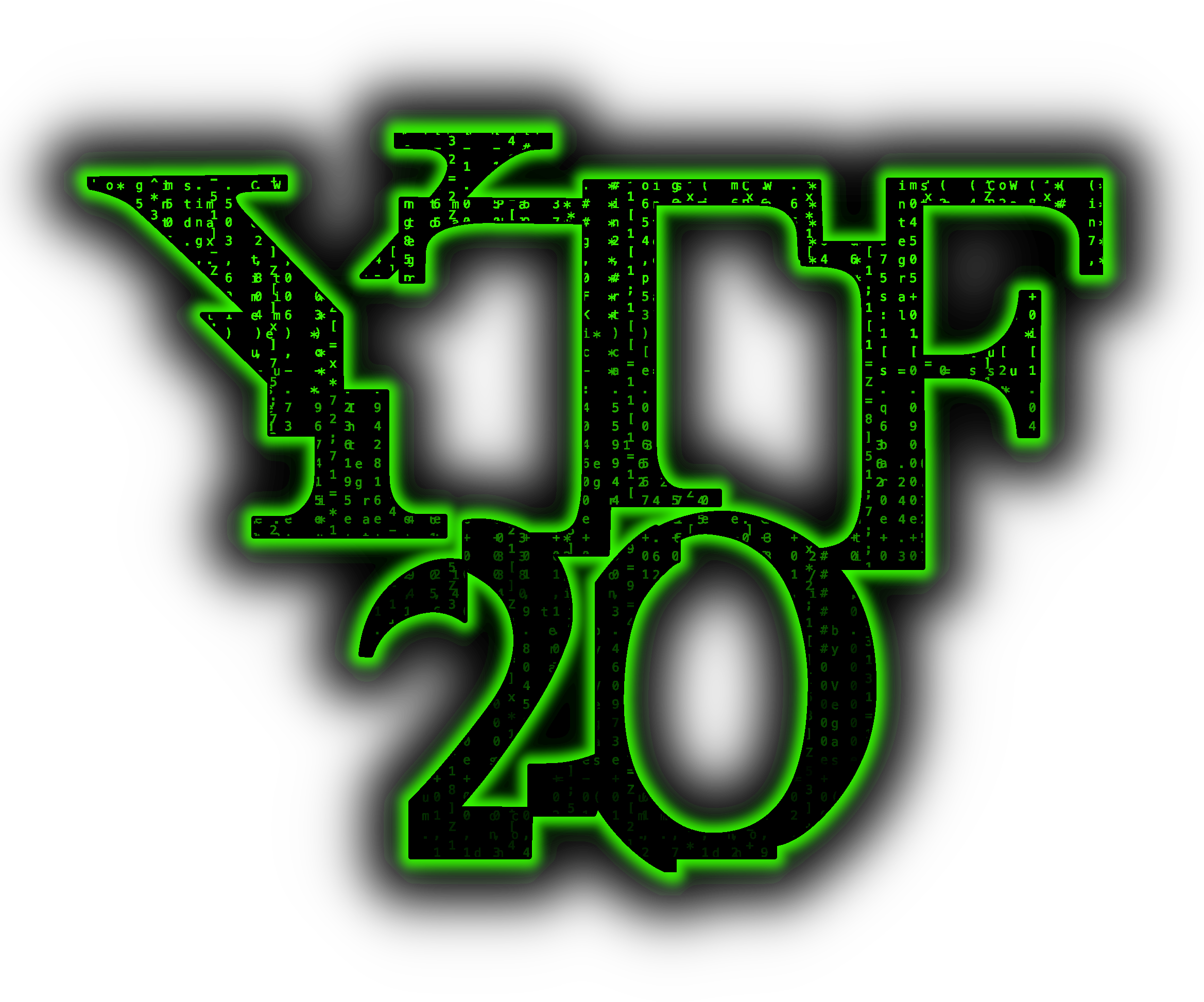Conveners
Parallel Stream 2: CMP
- Oscar Braun-White (IPPP, Durham University)
Parallel Stream 2: Cosmo
- Seamus Fallows
Parallel Stream 2: Amplitudes
- Connor Armstrong (Durham University)
Parallel Stream 2: String/ AdS
- Saghar Sophie Hosseini (Durham University)
Parallel Stream 2: QFT
- Gabriel Arenas-Henriquez (Durham University)
Parallel Stream 2: QFT
- Richie Dadhley
Flux attachment is a mechanism by which charged particles capture magnetic flux quanta and form composite entities. As a consequence of flux dressing, these composites may acquire fractional quantum numbers (e.g. electric charge) and statistics. This phenomenon is directly associated to the emergence of a Chern-Simons gauge field.
Although charge-neutral systems do not couple to vector...
I will present results analysing the phase structure of dense, three-flavour, colour-superconducting quark matter in the presence of an external magnetic field using a Ginzburg-Landau approach. By contrasting with the massless case, I will discuss how the preferred magnetic defects in the type-II 2SC phase and overall phase diagram are affected when we consider the strange quark mass to be non-zero.
I will briefly review the integrability setup that works in AdS3/CFT2, in the planar limit, including its brane construction in type IIB string theory. Next, I will review algebraic Bethe ansatz(ABA) and how it is used to compute spectrum of integrable models by working with the concrete example of Heisenberg XXX spin chain. Finally, I will use the ABA technology for the massless modes in...
Whilst interpretations of the level of experimental support for a curved present-day universe differ, universe models with percent-level spatial curvature remain compatible with CMB datasets. The inflationary framework successfully predicts the minimal present-day curvature. However, if one is to study inflation in a complete manner, one cannot assume a flat universe at the start of the...
I will report on our discovery of the first-ever all-multiplicity formulae for scattering amplitudes in curved backgrounds. This will involve certain chiral backgrounds treated without any approximations, a slice of twistor theory, a taste of spinor-helicity variables, and a bit of holography for dessert. The end result is a beautiful extension of the Parke-Taylor formula of MHV gluon...
In this talk we are going to explore classical features of electromagnetic and gravitational radiation using quantum scattering amplitudes. To do so we analytically continue to a spacetime with $(2,2)$ signature $\eta_{\mu\nu}=\text{diag}(+,+,-,-)$. This allows us to consider, at leading order, 3-point on-shell amplitudes which would otherwise be identically zero in usual Minkowski spacetime....
In this talk I’ll present some recent work on studying classical observables in Yang Mills theory. Motivated by the double copy relation between YM and Gravity, and focusing on the YM side, I’ll discuss the classical scattering of particles with a YM colour charge and compute the change in colour or ‘colour impulse’ that occurs during the scattering event using amplitudes techniques.
We explore the space of non-SUSY string models via two distinct routes: the tachyon-free O(16)$\times$O(16) heterotic string in 10D and a tachyonic 10D heterotic string. We classify 4D Z$_2\times$Z$_2$ orbifolds descending from these two starting points in the free fermionic construction. Having found a potentially stable Standard-like model descending from the tachyonic 10D vacuum in...
Was it calling it a blunder the actual blunder? The cosmological constant has always been controversial, to say the least. The past 20 years have seen an uprising of the cosmological constant, after the discovery in 1998 that the expansion of the universe is actually accelerating. This forced String Theory to try to accommodate de Sitter backgrounds into its 4d solutions, something that has...
In this talk I will discuss first order phase transitions in Randall-Sundrum models which are dual to (de)confinement phase transitions in large-$N$ gauge theories. The transition rate is suppressed by a factor $\exp(-N^2)$, and does not complete for $N \gg 1$, leading to an eternally inflating phase. The constraint on $N$ to avoid this fate is strong enough that the RS effective field theory...
I will discuss a recent work on the factorisation of closed 3-manifold partition functions and indices of 3d $\mathcal{N}=4$ gauge theories. The building blocks are hemisphere partition functions equipped with a class of UV $\mathcal{N}=(2,2)$ boundary conditions that mimic the presence of isolated vacua at infinity. Via the state-operator correspondence, these count local operators supported...
There is a series of deep relations between the scattering amplitudes of Yang–Mills theory and those of Einstein gravity, known as double copy. This relation has been proven at tree level, but whether it holds at loop level has been a longstanding conjecture. In this talk we resolve this by constructing Lagrangians for Yang–Mills theory and Einstein gravity that manifest the double copy...
We study the structure of scalar, vector, and tensor currents for on-shell massive particles of any spin. When considering higher values for the spin of the particle, the number of form factors (FFs) involved in the decomposition of the matrix elements associated with these local currents increases. We identify all the fundamental structures that give rise to the independent FFs,...

